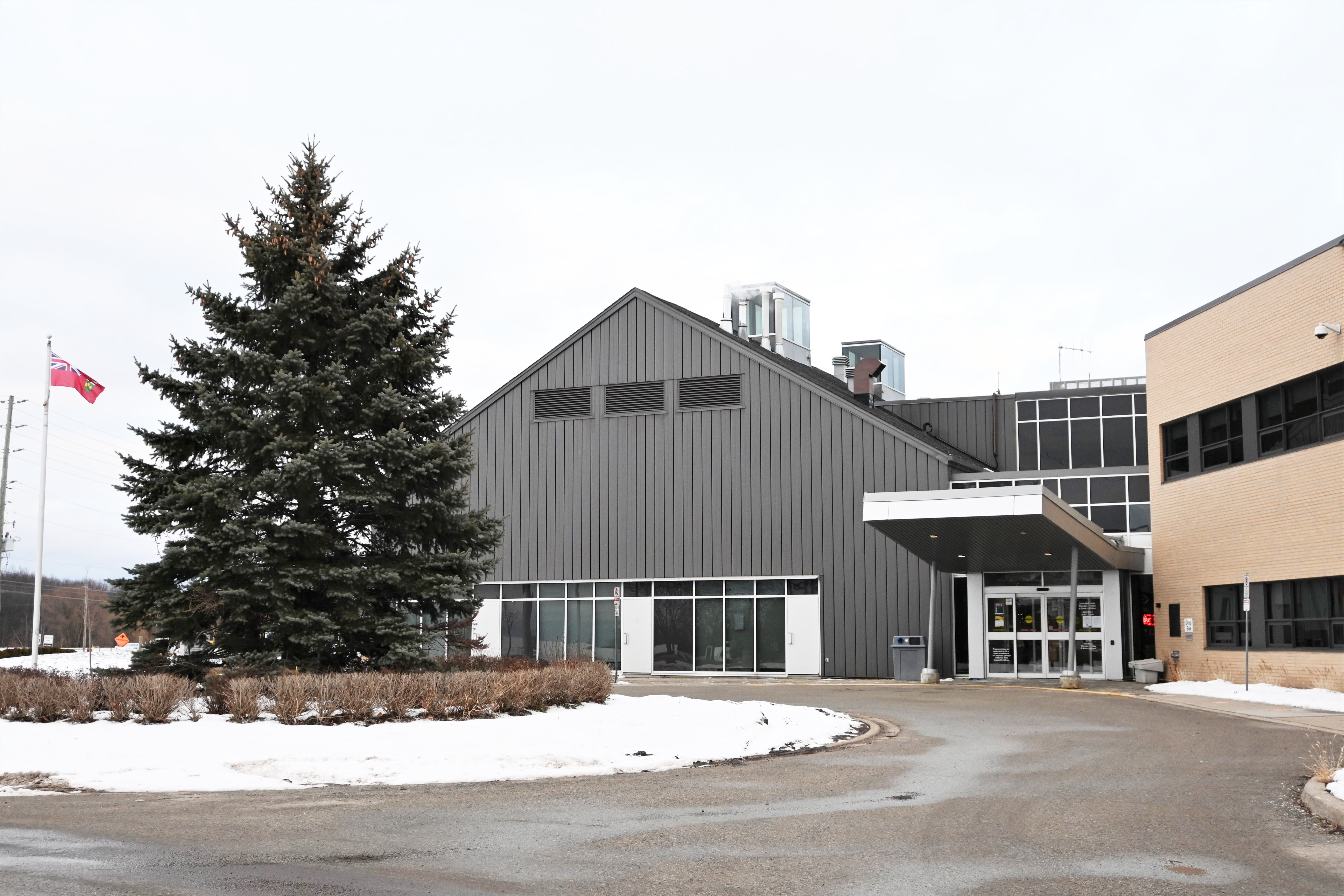Basement Flooding
Basement flooding can cause damage to your home and belongings and can create a health hazard if not properly addressed. Find out how you can protect your property from basement flooding and review some flooding safety tips.
Causes and solutions to basement flooding
There are many causes of basement flooding. Review some of the most common and find out what steps you can take to prevent this type of flooding.
Weeping tiles and downspouts connected to the sanitary sewer |
During heavy rainfall, the water from the roof eavestroughs that are connected to the weeping tile through the downspouts may cause weeping tiles to become overwhelmed. If your weeping tiles are connected to the sanitary pipes, this may cause rainwater or sewage to back up in your home. SolutionTo solve this issue, you can disconnect weeping tiles and downspouts from the sanitary sewer system. We recommend having a qualified plumber investigate disconnecting your weeping tiles and downspouts from the sanitary sewer system. |
Malfunctioning sump pump |
If your home has a sump pump, it may malfunction, and this could cause your basement to flood. SolutionBe sure to maintain your sump pump properly and replace your sump pump if it no longer working. If your sump pump stopped working in the past, contact a qualified plumber to replace it. It is common for homes to lose power during severe storms, which can affect the sump pump. Install a battery backup on your sump pump to avoid this issue. |
Surface water |
Basement flooding can occur when:
SolutionTry smart landscaping to reduce basement flooding caused by surface water. Safe landscaping includes:
|
Municipal sanitary sewer pipe full |
Sewage can back up into your basement if the Town's sanitary sewer pipe is full due to large amounts of water. SolutionsYou can solve this by installing a flood proofing device. These include:
|
Safety tips for entering a wet basement
Entering a wet basement can be hazardous. If you're unsure about the level of risk, you should avoid entering a basement until you are told it is safe by a qualified professional. Review the following risks associated with basement flooding.
Electrical shock |
When your basement is wet, there is a risk of electrical shock. Electricity can move through water or wet flooring and cause a severe electrical shock. Here are some tips to avoid an electrical shock:
|
Gas leaks and odours |
Here are some tips to follow if you smell a gas leak:
|
Pollutants |
Sewage can contain bacteria and transmit disease. The floodwater in your basement may have originated from the sanitary sewer and could contain raw sewage. Wear protective items when you enter your basement, including:
Wash thoroughly after any contact with sewage or items touched by sewage. |
Chemicals |
Cleaning may expose you to a wide range of contaminants, including those from the chemicals you're using to clean. Be sure to ventilate while you clean and open the windows. You should also limit your exposure and contact with chemicals as best as you can. |
Structural damage |
While this is not common, a flood with certain conditions may weaken walls or even ceiling structures. If there is any concern that structural integrity has been compromised, or you simply don't know, you should leave the area. |
Types of basement flooding
Review the different types of basement flooding.
Infiltration flooding |
When soil around your home becomes saturated or when the ground water level rises higher than your basement, water can get into your basement through cracks in the foundation walls and floor. This is considered infiltration flooding. |
Overland flooding |
Overland flooding happens when water flows overland and enters your basement through windows, doors, vents and other openings. This could be due to improper grading, exposed window wells, extreme weather conditions or underground pipes. |
Sewer backup flooding |
Extreme weather events can overwhelm the town's sewer system, resulting in flooding. When this happens the water level in the system rises above the design levels. This condition is referred to as surcharge. |

